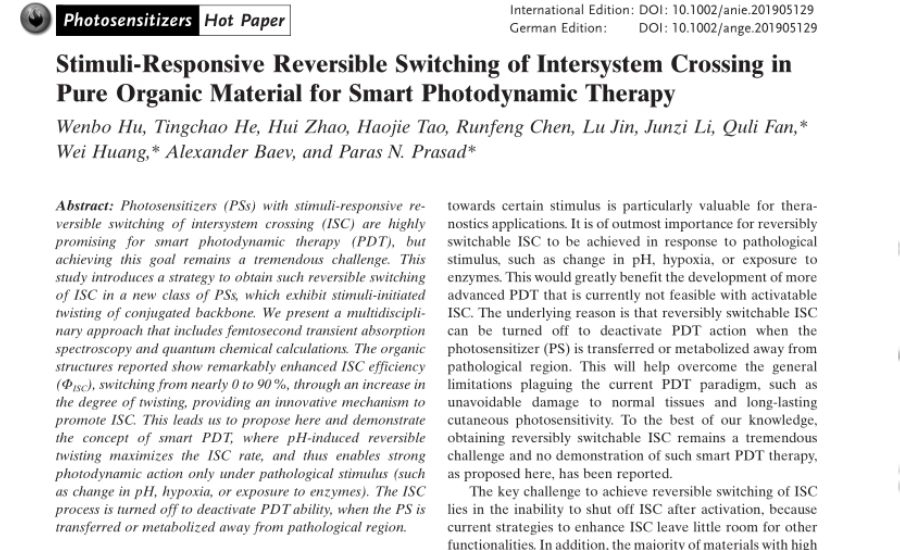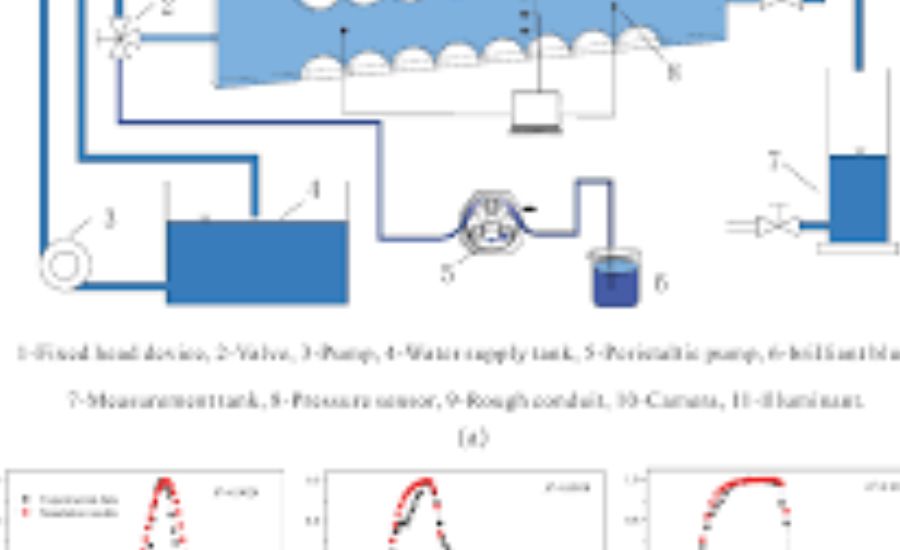Doi.Com/10.22541/Au.171987178.88917357/V1, Overview & More
Introduction to Doi.Com/10.22541/Au.171987178.88917357/V1
Indoor air quality is a vital aspect of our everyday lives, yet it often receives insufficient attention. Given that we spend a significant amount of time indoors—whether at home or in the workplace—the quality of the air we breathe plays a crucial role in our overall health and well-being. Our recent study, available investigates the intricacies of indoor air pollution, focusing specifically on particulate matter, particularly PM 2.5. These are microscopic particles that can have profound effects on our health.
The Impact of Cooking Fuels on Indoor Air Quality
One of the key areas of our research is how different cooking fuels affect indoor air quality. We examine the relationship between the types of fuels used for cooking and the concentrations of PM 2.5 in residential environments. This investigation sheds light on the potential health risks associated with various cooking practices, emphasizing the importance of fuel choice in maintaining healthy indoor air.
Solutions for Reducing PM 2.5 Exposure
Our study does not merely highlight the challenges of indoor air pollution; it also provides actionable strategies to reduce exposure to PM 2.5. By implementing these solutions, homeowners can improve their indoor air quality and create safer living spaces. The findings and recommendations offered can serve as a guide for anyone looking to enhance the air quality in their home.
By understanding the factors that contribute to indoor air pollution, particularly the role of cooking fuels, individuals can take proactive steps to improve their indoor environments. Our research aims to equip readers with knowledge about the challenges of indoor air quality and practical measures to mitigate these issues. For a more in-depth exploration of our findings, please refer to our study linked above.
Overview of Indoor Air Quality and PM 2.5

Indoor air quality is essential to our health, especially since we spend a large portion of our time indoors, whether at home or in workplaces. The air we breathe in these environments significantly impacts our overall well-being. Our study, available, explores the intricate issue of indoor air pollution, focusing on PM 2.5, a harmful particulate matter that can pose serious health risks.
Sources of Indoor Air Pollution
Indoor air pollution can arise from various sources, both within and outside our homes. Common indoor pollutants include:
- Tobacco Smoke: Emitted from cigarettes and cigars, it is a major source of indoor air contamination.
- Cooking Activities: Cooking methods such as broiling or frying can release significant amounts of PM 2.5 into the air. Factors like the type of food prepared and the cooking fats used can further influence pollution levels.
- Burning Fuels: This includes emissions from fireplaces, candles, and fuel-burning space heaters.
Additionally, outdoor air pollution also plays a role in indoor air quality. Particulate matter from car exhaust, road dust, pollen, and industrial emissions can infiltrate indoor spaces through windows and doors. Wildfires, in particular, can dramatically worsen indoor air conditions by introducing high levels of PM 2.5.
The Significance of PM 2.5 as an Air Quality Indicator
PM 2.5 refers to fine particulate matter with a diameter of 2.5 micrometers or smaller. These particles are particularly concerning because they can penetrate the lungs and enter the bloodstream, leading to a variety of health issues, including cardiovascular diseases, respiratory illnesses, and even cancers. Studies have shown that exposure to PM 2.5 is linked to severe health impacts, such as increased risk of premature death, asthma exacerbations, and diminished lung function.
Vulnerable populations, including children, the elderly, and those with pre-existing health conditions, face heightened risks from PM exposure. Understanding these health implications underscores the need for effective strategies to improve indoor air quality.
Global Indoor Air Quality Standards
To mitigate the health risks associated with PM 2.5, the World Health Organization (WHO) has established guidelines for indoor air quality. These guidelines recommend that annual average concentrations of PM 2.5 should not exceed 5 µg/m³, with 24-hour exposure limits capped at 15 µg/m³, applicable no more than 3 to 4 days per year. The WHO has also introduced interim targets aimed at gradually improving air quality, especially in regions with high pollution levels.
In our study, we emphasize the importance of adhering to these standards and the need for comprehensive strategies to improve indoor air quality.
Comparative Analysis of Cooking Fuels
Our research investigates the impact of various cooking fuels on indoor air quality, with a particular focus on PM 2.5 emissions. The type of fuel used for cooking significantly affects the levels of indoor air pollution.
- Gas and Electric Cooking: Generally, liquefied petroleum gas (LPG) and electric cooking methods produce lower levels of PM 2.5 compared to biomass fuels. However, even LPG cooking can lead to PM 2.5 levels that exceed WHO’s recommended limits.
- Biomass Fuels: Cooking with biomass fuels, particularly wood, is linked to the highest levels of indoor air pollution. Approximately 2.8 billion people worldwide still rely on solid fuels for cooking, which significantly contributes to both indoor and outdoor air pollution.
By understanding the sources and implications of indoor air pollution, particularly concerning cooking practices, we can better address air quality challenges and work towards healthier indoor environments. For further insights into our findings, please refer to the full study Other Pollutants Associated with Cooking Fuels
While our research, which you can find primarily concentrates on PM 2.5, it’s important to recognize that cooking with solid fuels releases various other harmful pollutants. These pollutants include carbon monoxide (CO), nitrogen oxides (NOx), and a range of toxic and potentially carcinogenic chemicals.
Incomplete combustion of biomass fuels can lead to the conversion of approximately 5-10% of the fuel carbon into these harmful byproducts, with some studies indicating that this percentage can rise to 20%. Such inefficiencies not only reduce fuel effectiveness but also heighten the associated health risks.
Mitigation Strategies for Reducing Indoor PM 2.5 Exposure
Our study identifies several practical strategies for minimizing indoor PM 2.5 exposure, emphasizing improvements in ventilation, switching to cleaner fuel options, and modifying cooking practices.
Ventilation Improvements
Enhancing ventilation is a critical measure for lowering indoor PM 2.5 levels. Our findings indicate that simply opening kitchen windows can significantly reduce indoor pollution and decrease the time pollutants linger in the air. For instance, this approach can shorten the decay time for PM 2.5 in kitchens and living rooms to just 1-3 hours, though it is less effective in bedrooms, where decay times can reach 6-8 hours.
Using portable air cleaners (PACs) can also be highly effective. Our research demonstrated that placing a PAC in the kitchen yields better results, leading to a decay time of 1-2 hours. In scenarios where a PAC was used during cooking, PM 2.5 levels in the kitchen dropped by 35% on average during cooking and by 61% in the hour following cooking.
Fuel Switching Options
Transitioning to cleaner cooking fuels can drastically reduce indoor PM 2.5 levels. Our research highlights that liquefied petroleum gas (LPG) and electric cooking methods typically produce lower levels of indoor air pollution compared to biomass fuels. For instance, a study we conducted showed that households exclusively using LPG for 26 months experienced a significant reduction in PM 2.5 (43.5%), black carbon (13%), and carbon monoxide (48%) exposure, particularly affecting women.
Behavioral Changes in Cooking Practices

We recommend several behavioral modifications to further decrease indoor PM 2.5 exposure:
- Conducting high-pollution activities outdoors when the weather permits.
- Utilizing local exhaust fans in bathrooms and kitchens to directly expel contaminants.
- Increasing outdoor ventilation during activities that generate pollutants, such as cooking or using kerosene heaters.
By implementing these strategies, individuals can significantly improve indoor air quality and reduce exposure to harmful PM 2.5 particles.
In summary, our research emphasizes the critical importance of indoor air quality, particularly concerning PM 2.5 levels. We found that the type of cooking fuel has a substantial impact on indoor pollution, revealing that biomass fuels like wood significantly elevate pollution levels compared to cleaner options like LPG or electricity.
To enhance indoor air quality, we recommend straightforward strategies, such as improving ventilation, using air cleaners, opting for cleaner fuels, and modifying cooking behaviors. Small changes can lead to significant improvements in the safety and healthiness of our living environments. It’s vital to remember that the air we breathe indoors profoundly affects our well-being, and adopting these practical measures can make a meaningful difference.
Faqs
1. What is PM 2.5, and why is it important?
PM 2.5 refers to fine particulate matter with a diameter of 2.5 micrometers or smaller. These tiny particles can penetrate deep into the lungs and enter the bloodstream, posing significant health risks, including respiratory and cardiovascular diseases. Because of their size and the ability to bypass the body’s natural defenses, monitoring PM 2.5 levels is critical for assessing air quality and protecting public health .
2. What are common sources of indoor air pollution?
Indoor air pollution can originate from various sources, including:
- Cooking activities: The use of solid fuels (like wood or coal) can significantly increase PM 2.5 levels.
- Tobacco smoke: This is a major source of indoor air pollutants.
- Household products: Cleaning agents, paints, and aerosols can release harmful chemicals into the air.
- Outdoor air: Pollution can enter homes through doors, windows, and ventilation systems, carrying pollutants like vehicle exhaust and pollen .
3. How can I improve indoor air quality in my home?
Several strategies can help enhance indoor air quality, including:
- Improving ventilation: Open windows or use exhaust fans while cooking to reduce pollutant concentration.
- Using air purifiers: Portable air cleaners can significantly lower PM 2.5 levels, especially when placed near sources of pollution.
- Switching to cleaner cooking fuels: Opt for gas or electric cooking methods instead of biomass fuels to reduce indoor pollution .
- Implementing behavioral changes: Engage in activities that produce pollutants outdoors when possible, and use exhaust fans to remove contaminants .
4. What are the health effects of exposure to PM 2.5?
Exposure to PM 2.5 has been linked to a range of health issues, including:
- Increased risk of asthma and respiratory infections.
- Exacerbation of cardiovascular diseases.
- Higher rates of premature death among individuals with pre-existing health conditions.
- Negative impacts on lung development in children and reduced lung function in adults .
5. Are there guidelines for safe levels of PM 2.5?
Yes, the World Health Organization (WHO) has established guidelines stating that the annual average concentration of PM 2.5 should not exceed 5 µg/m³, and 24-hour exposure should not exceed 15 µg/m³ more than 3-4 times per year . These guidelines are aimed at protecting public health and providing a benchmark for air quality standards.
6. What are the benefits of reducing indoor PM 2.5 exposure?
Reducing indoor PM 2.5 exposure can lead to significant health benefits, including:
- Improved respiratory health and reduced incidence of asthma attacks.
- Lower risk of heart disease and related complications.
- Enhanced overall well-being, contributing to better quality of life
Conclusion
Understanding and improving indoor air quality, particularly concerning PM 2.5, is essential for maintaining health and well-being in our homes. By adopting effective strategies and being mindful of the pollutants we introduce into our living spaces, we can create healthier environments for ourselves and our families.
Read More Information About Blog visit Discover Paradox






